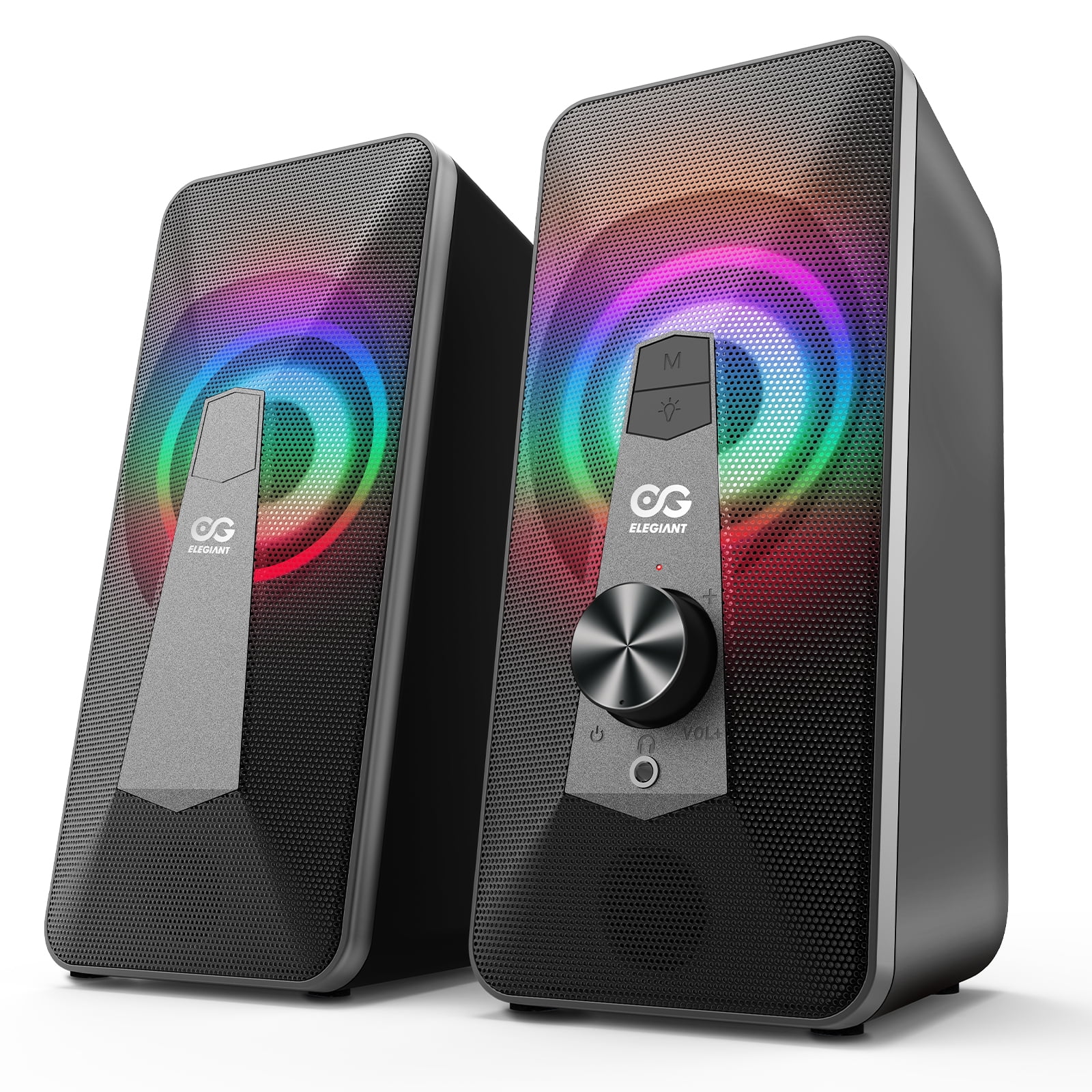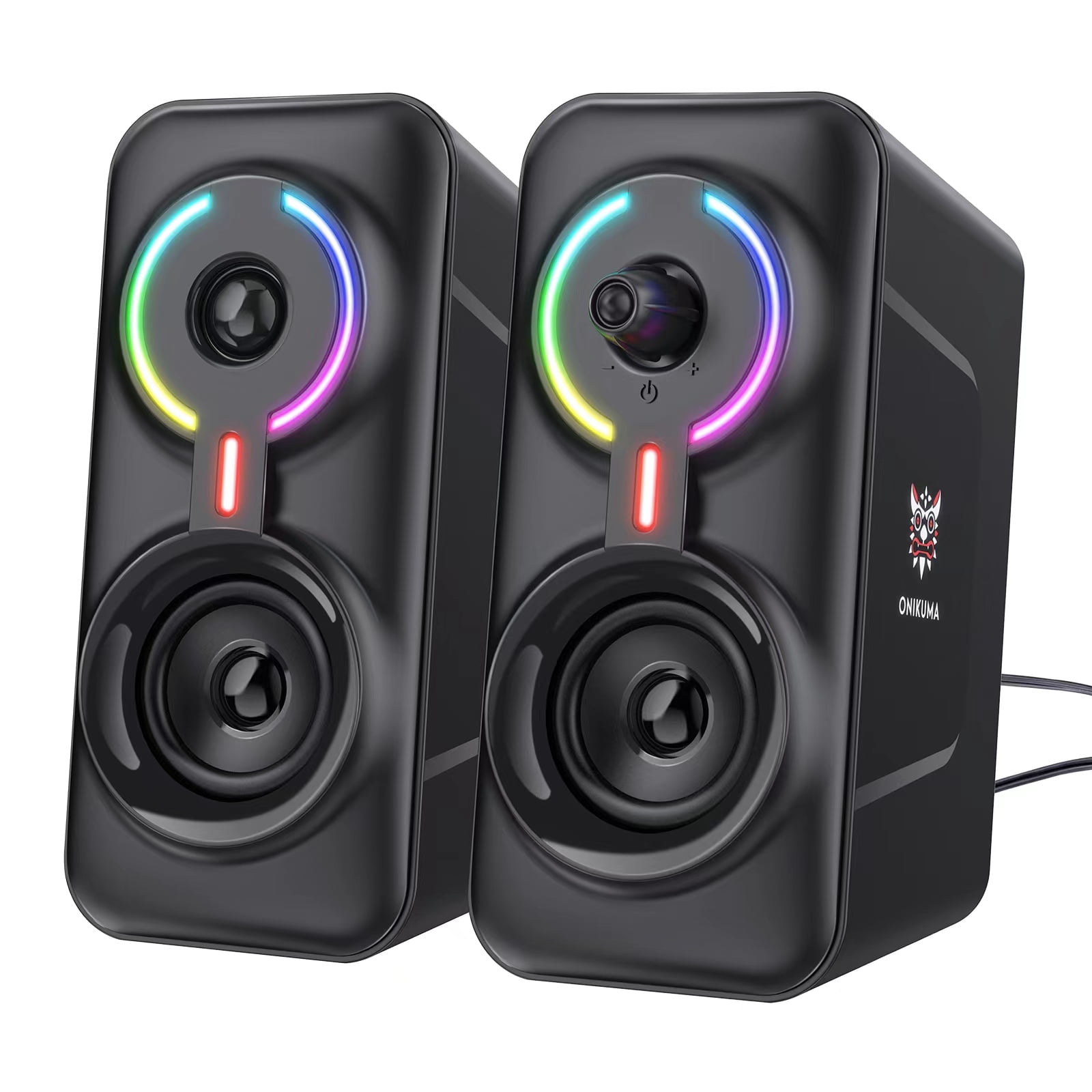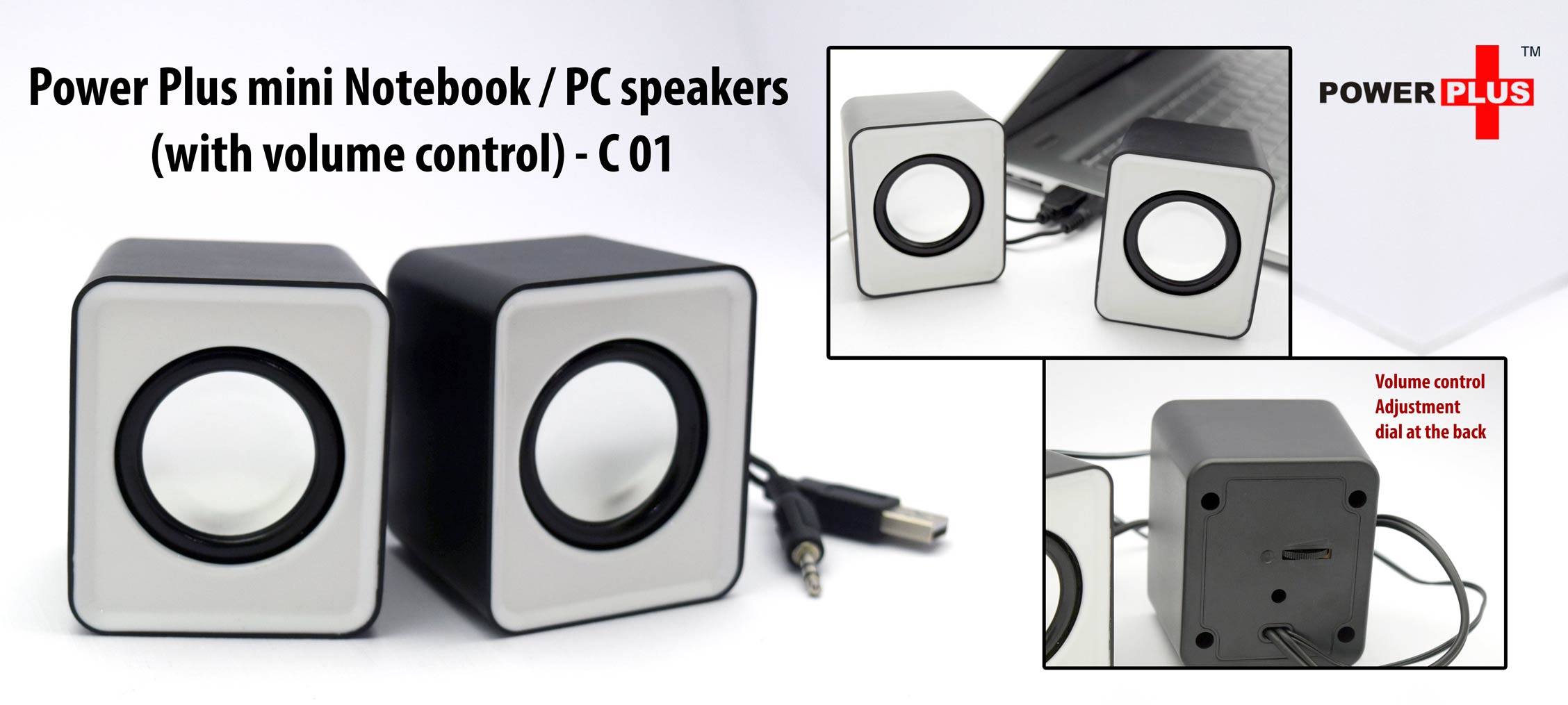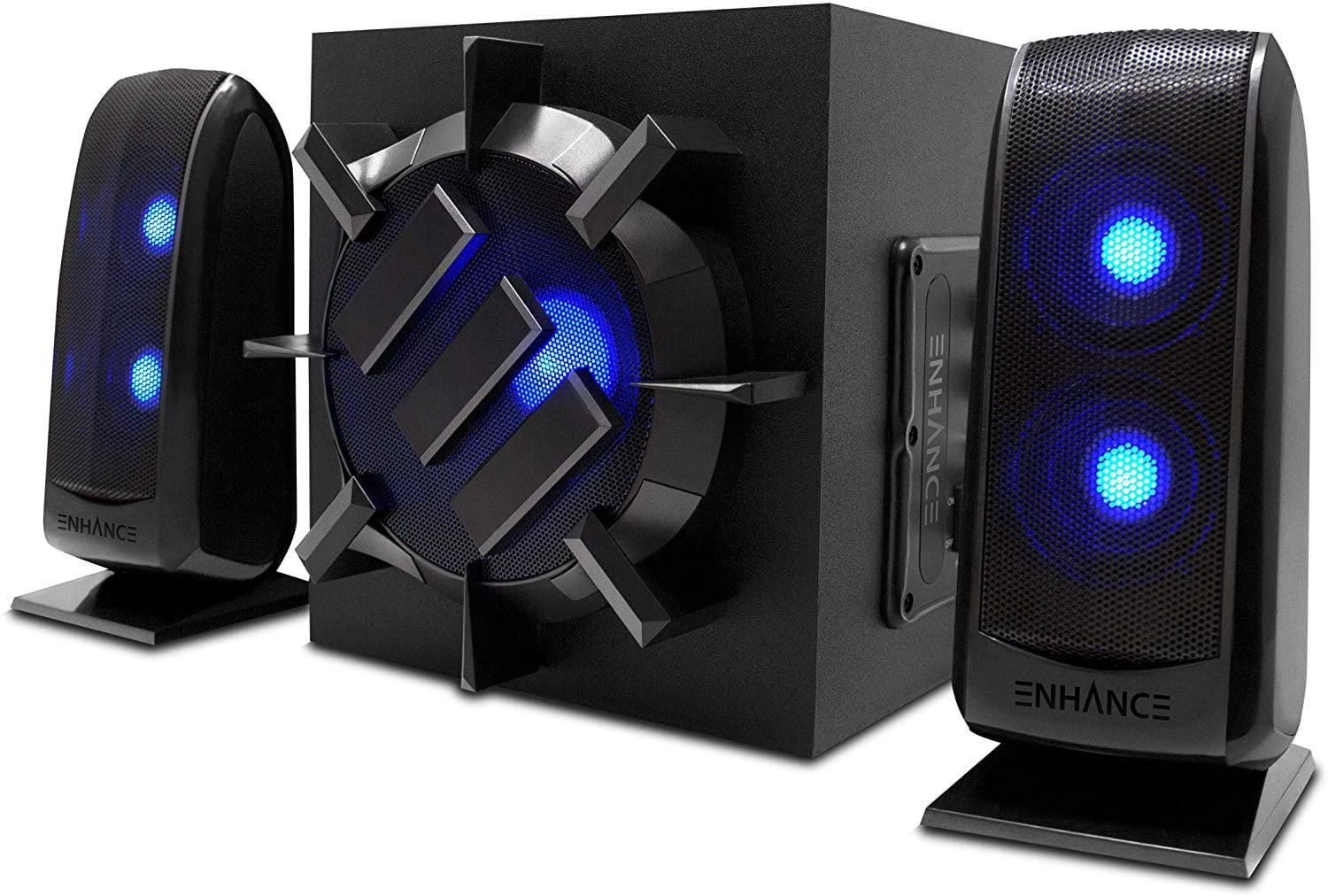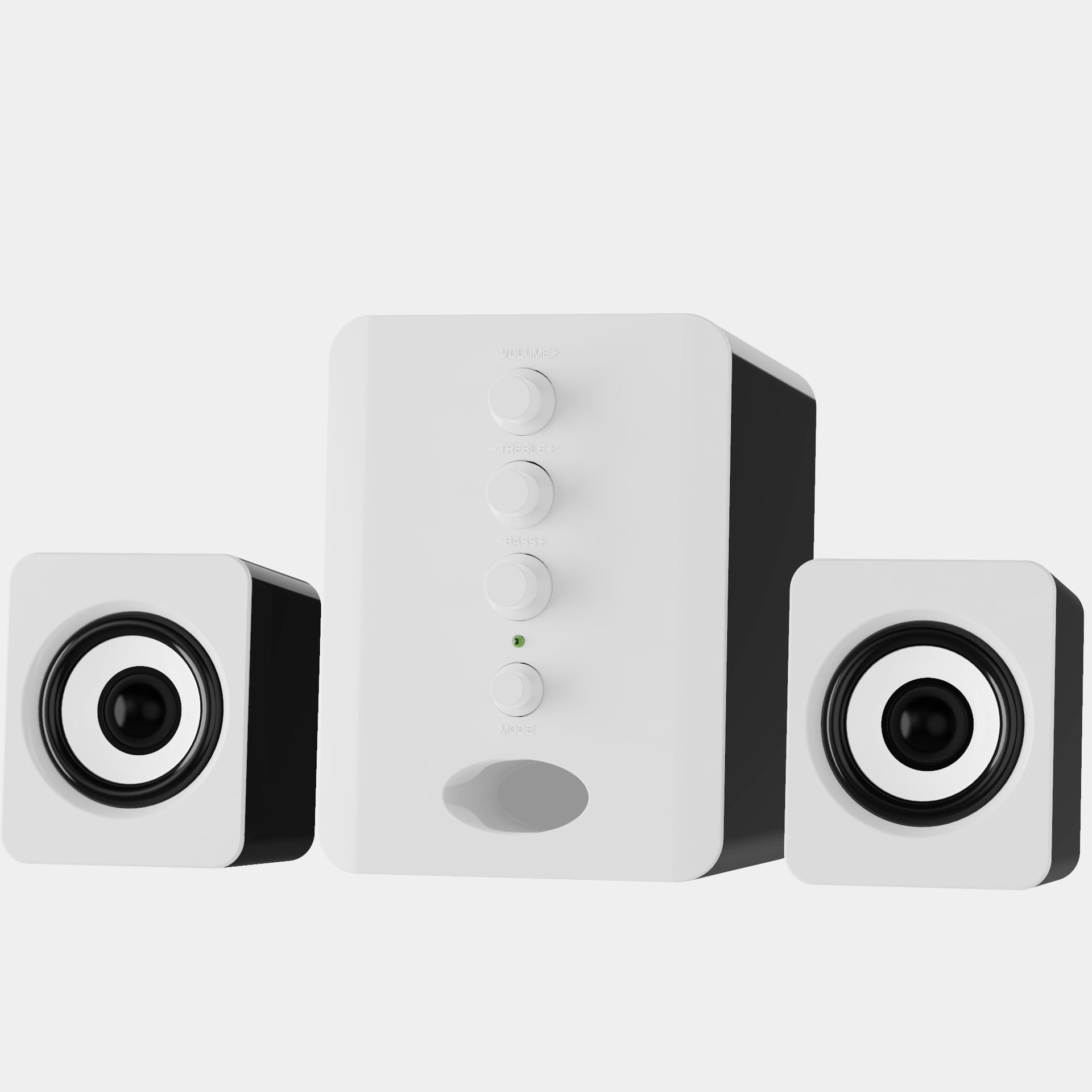Computer Speakers With Volume Control
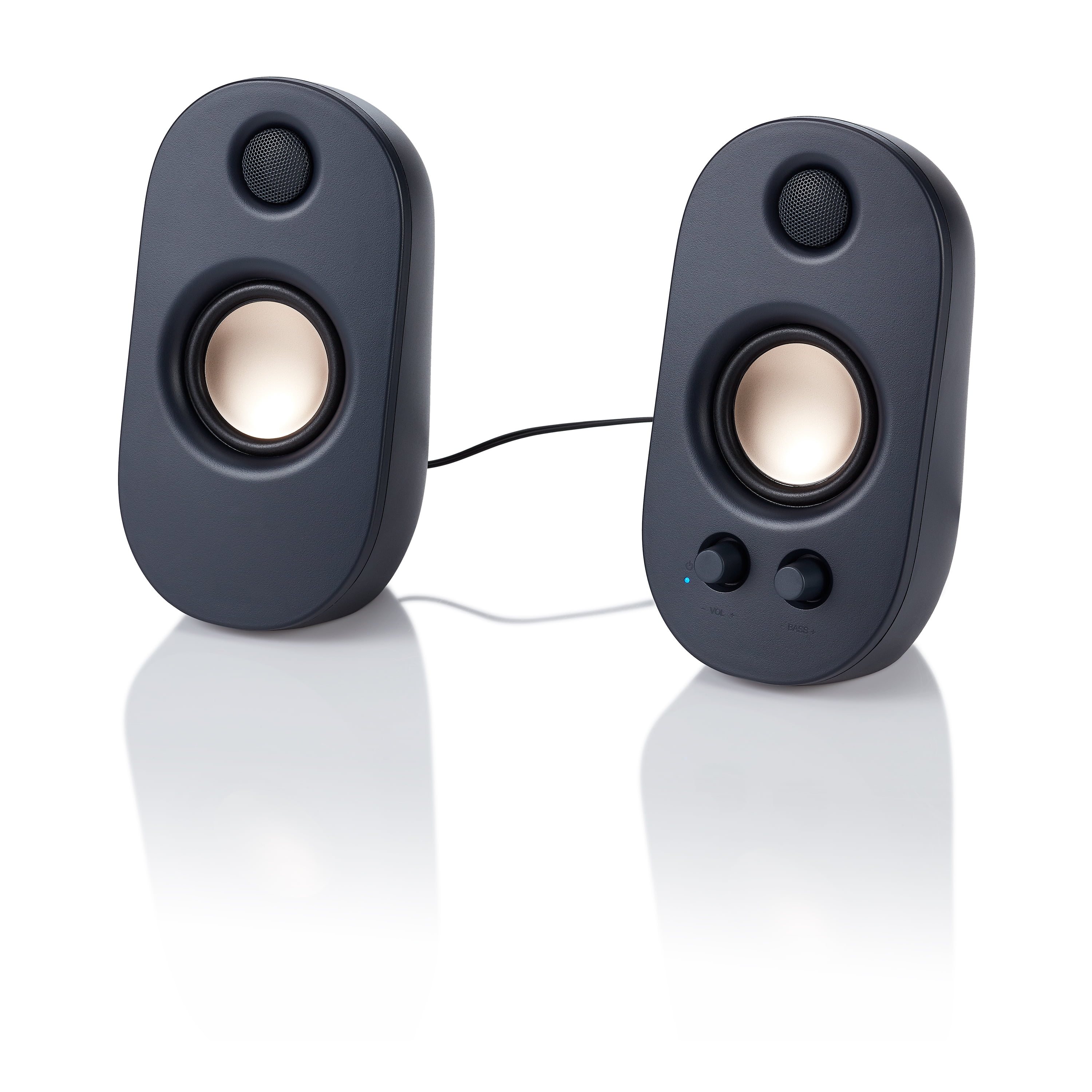
The humble computer speaker, often an afterthought in the pursuit of powerful processors and vibrant displays, is experiencing a quiet revolution. Integrated volume control, once a standard feature, is now being reimagined and refined by manufacturers aiming to provide users with a more streamlined and personalized audio experience.
This seemingly small change reflects a larger trend towards user-centric design in consumer electronics, prioritizing convenience and precision in controlling audio output. The shift raises questions about the evolving needs of computer users and the future of audio interfaces.
The Rise of Integrated Volume Control
For decades, external volume knobs or sliders were the norm for adjusting speaker output. However, the rise of digital audio and the integration of sound cards directly into motherboards led to a reliance on software-based volume control.
Many modern speakers now offer volume control embedded directly into the speaker unit, sometimes in the form of touch-sensitive panels or rotary dials. This resurgence stems from the limitations of solely relying on operating system-level volume adjustments, which can be cumbersome and lack tactile feedback.
Key Features and Design Considerations
Manufacturers are focusing on several key aspects in designing these integrated controls. Precision is paramount; many speakers now offer granular volume adjustments, allowing users to fine-tune the audio to their exact preference.
Ergonomics play a crucial role, with controls strategically placed for easy access and intuitive operation. Some models feature illuminated dials or displays, providing visual feedback on the volume level, particularly useful in low-light environments.
Beyond basic volume adjustments, some manufacturers are incorporating additional controls, such as mute buttons, headphone jacks, and even bass or treble adjustments directly onto the speaker itself. These features offer a more comprehensive and convenient audio control experience.
The Impact on Users
The primary benefit of integrated volume control is convenience. Users can quickly and easily adjust the audio without having to navigate through software menus or reach for a separate remote.
This is particularly useful in situations where quick adjustments are needed, such as during video calls or while gaming. The tactile feedback provided by physical controls allows for more precise adjustments compared to mouse-based volume sliders.
Furthermore, the integration of controls directly into the speaker unit can declutter the desktop, eliminating the need for external volume controllers. This is especially beneficial for users with limited desk space.
Industry Trends and Future Outlook
The trend towards integrated volume control reflects a broader shift towards simplifying user interfaces in consumer electronics. Manufacturers are constantly seeking ways to streamline the user experience and provide more intuitive control over device functions.
As audio technology continues to evolve, we can expect to see further innovation in speaker design, including more sophisticated and customizable volume control options. This includes exploring touchless gesture control or voice-activated adjustments.
The future of computer speakers likely involves a seamless integration of hardware and software, providing users with a truly personalized and immersive audio experience. While seemingly simple, the integrated volume control is a step towards that future.
Industry analysts predict a continued increase in demand for speakers with integrated controls, particularly among gamers and professionals who require precise and convenient audio adjustments.
"The demand for convenient and tactile audio controls is only going to increase."said John Doe, a leading tech analyst.
Ultimately, the return of the integrated volume control is about more than just convenience. It's about empowering users to take control of their audio environment and personalize their listening experience. This seemingly minor feature highlights the growing importance of user-centric design in the ever-evolving world of consumer electronics.
